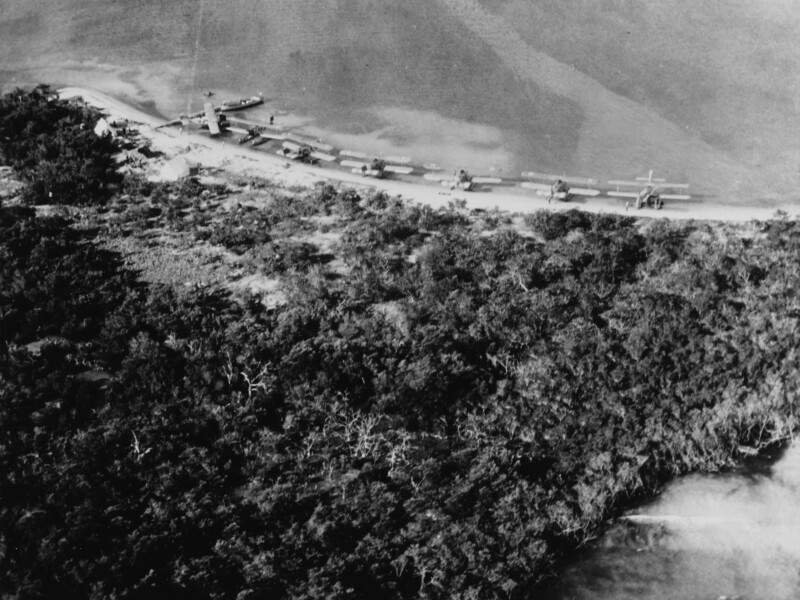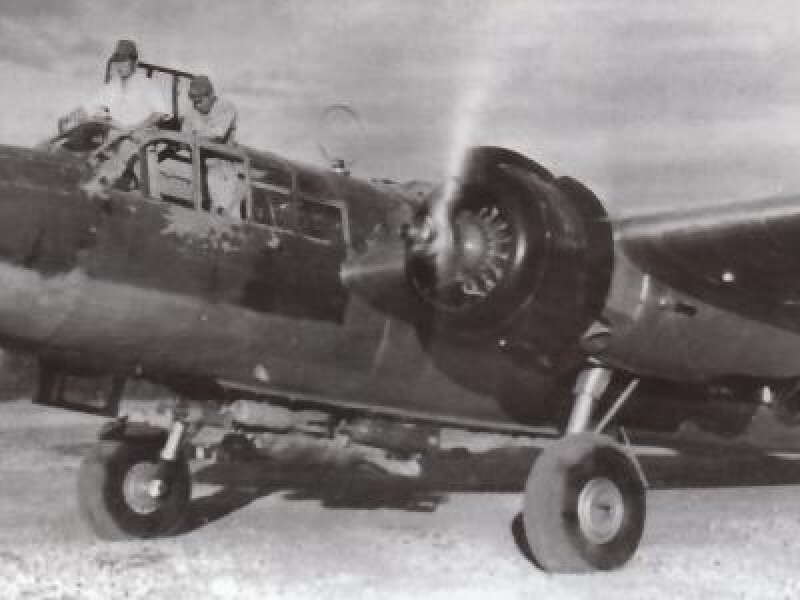-
Library
- Photos
- Documents
-
Geography
- Airfields
- Areas
-
Aviation
- Aircraft
- Engines
-
Weapons
- Guns
- Rockets
- Torpedoes
-
Avionics
- Radio
- Radar
- IFF
- Radar Detectors
- Jammers
- Navigation Devices
-
Unit Database
- Allied Units
- Axis Units
-
Pilot Database
- Pilots
- Victory Claims
- Torpedo Attacks
Photos
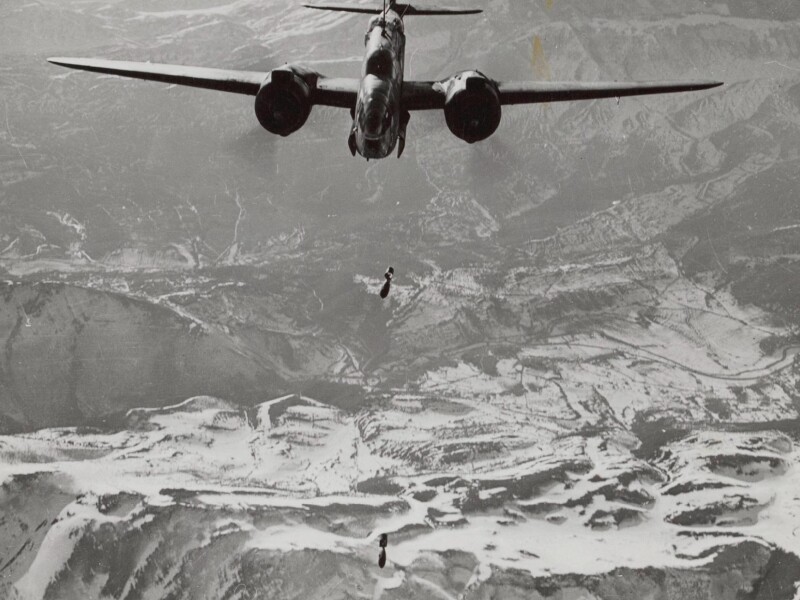
Martin Baltimore unloading bombs over Italy, some time during 1944.
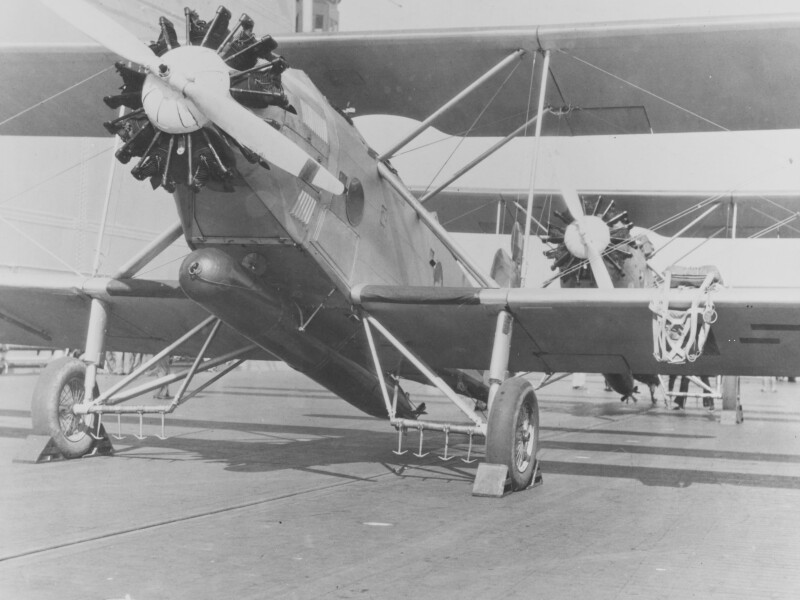
With a torpedo attached aboard USS LEXINGTON (CV-2), 4 April 1929. Note early fore and aft wire arresting gear hooks on landing gear, and Pratt and Whitney R-1690 Hornet engine.
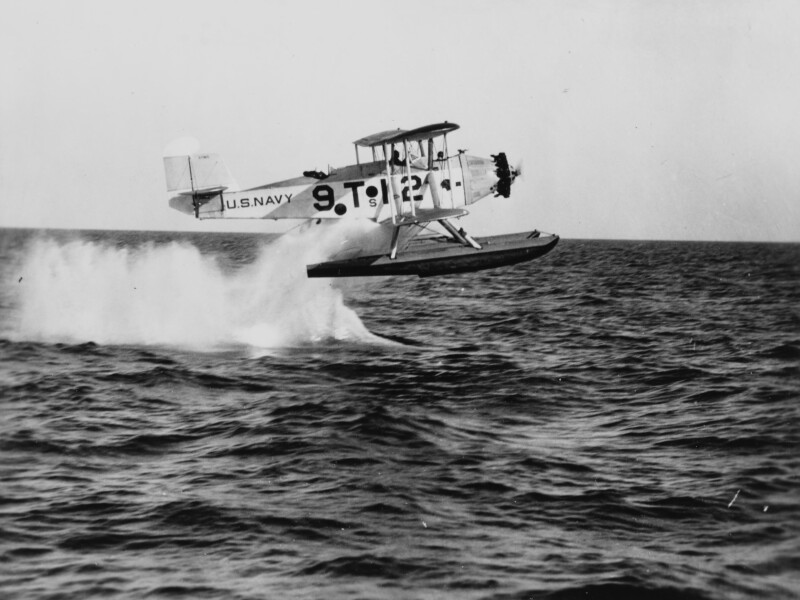
Drops a torpedo, during maneuvers off Cuba, circa 1928. Plane is from Squadron VT-9, based on USS WRIGHT (AV-1).
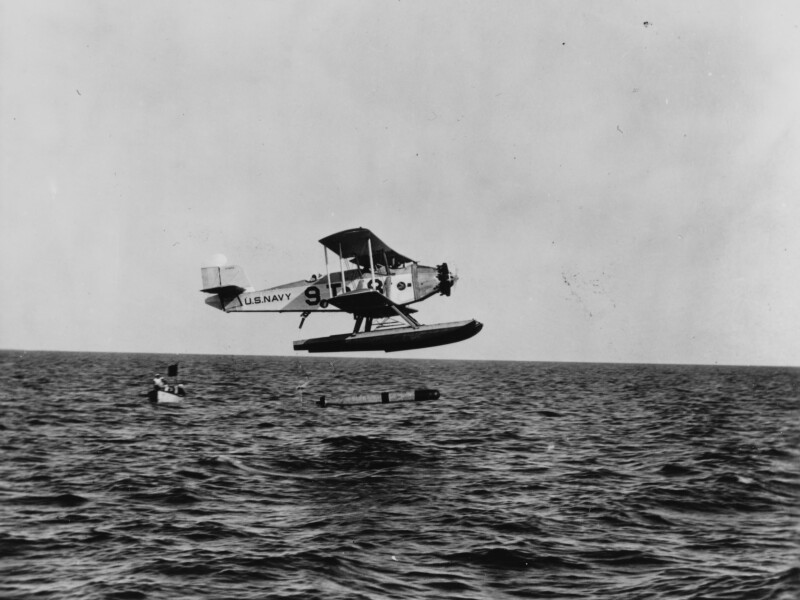
Drops a dummy torpedo, during maneuvers off Cuba, circa 1928. Note boat at left. Plane is from VT-9S, based on USS WRIGHT (AV-1). The VT-9 insignia is painted on the forward fuselage.
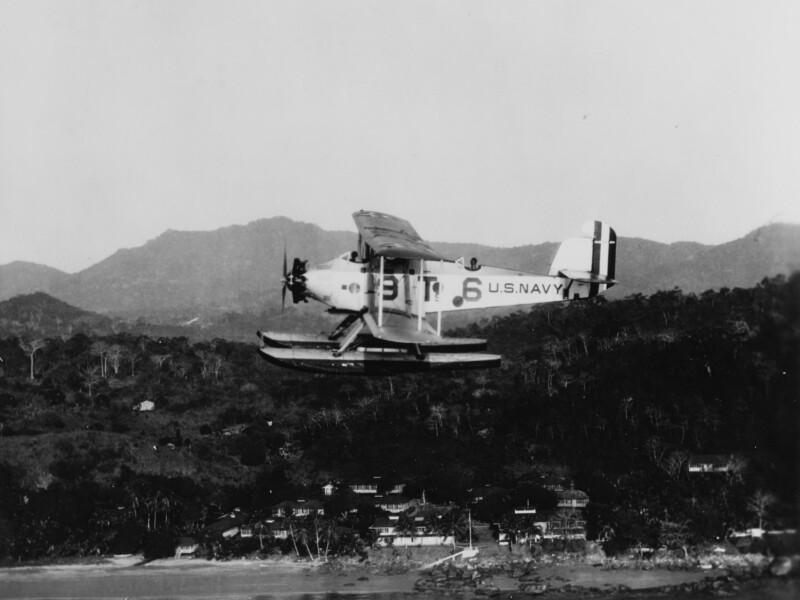
Files along the coast, during maneuvers off Cuba, circa 1928. This plane is from VT-9S, based on USS WRIGHT (AV-1).

Of patrol squadron six (VF-6), in flight over Hilo, Hawaii, T.H., 9 December 1931.
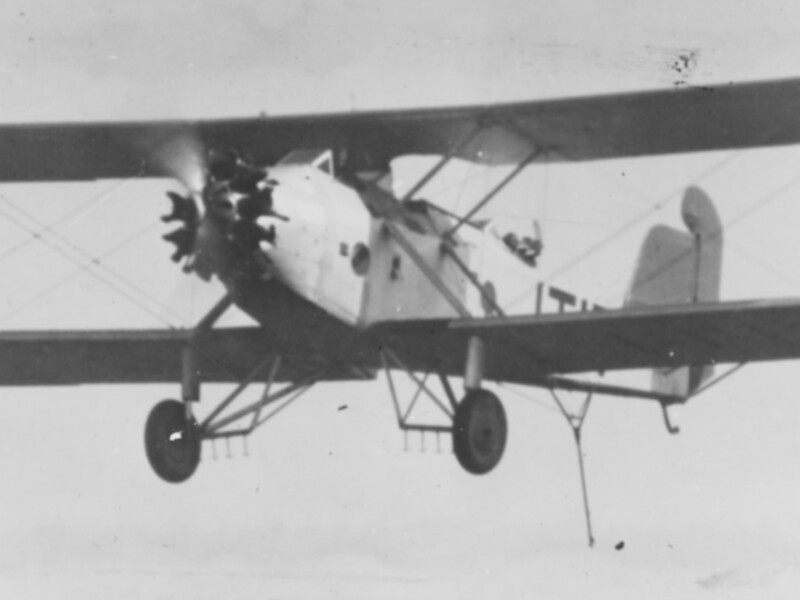
This Martin bomber "1-T-15" of torpedo squadron one (VT-1B) from USS LEXINGTON (CV-2), was attached to the battle fleet. It is coming in for a landing, presumably on LEXINGTON, with its tailhook down. The hook was designed to catch a lateral arresting wire, as
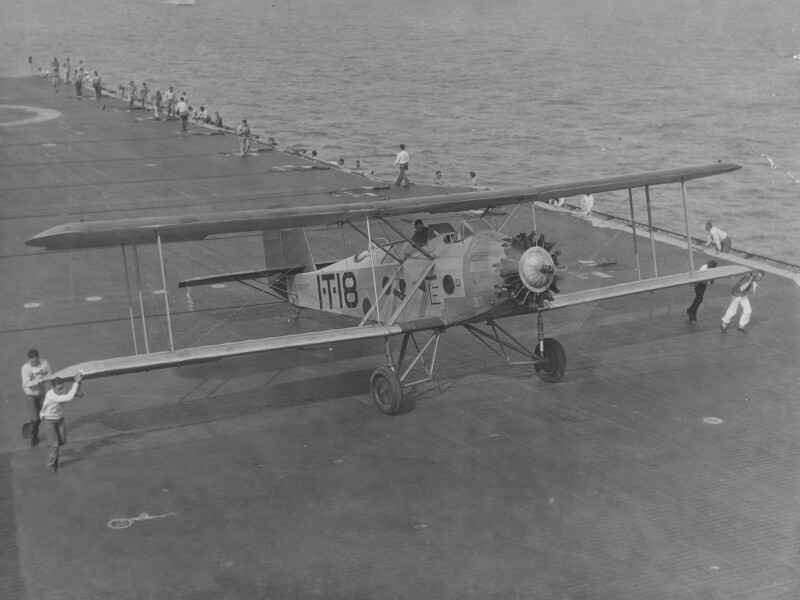
Taxies up the flight deck of USS LEXINGTON (CV-2), after landing, circa 1930. Note deck crewmen guiding wing tips. Plane belongs to VT-1B.
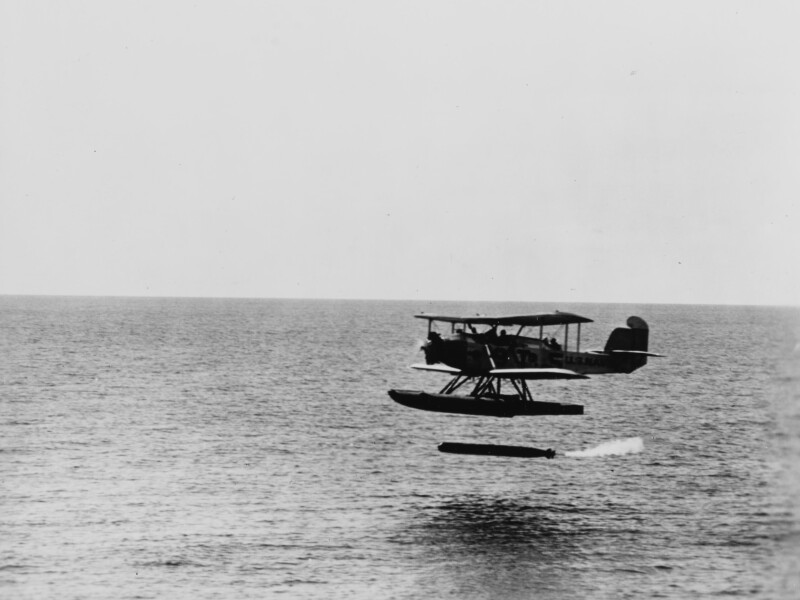
Drops a torpedo, during the later 1920s. Plane is from VT-9S, based on USS WRIGHT (AV-1).
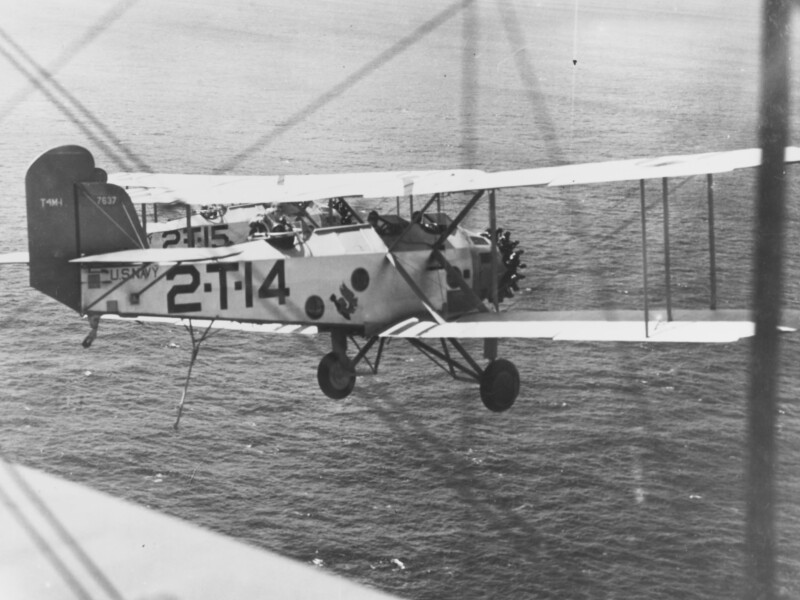
Approaching USS SARATOGA (CV-3) to land in company with other planes of Torpedo Squadron Two (VT-2) during the early 1930s.

VT-9S, fly information during maneuvers off Cuba, circa 1928. this squadron was based on USS WRIGHT (AV-1). Plane in foreground is BU# A-7866.
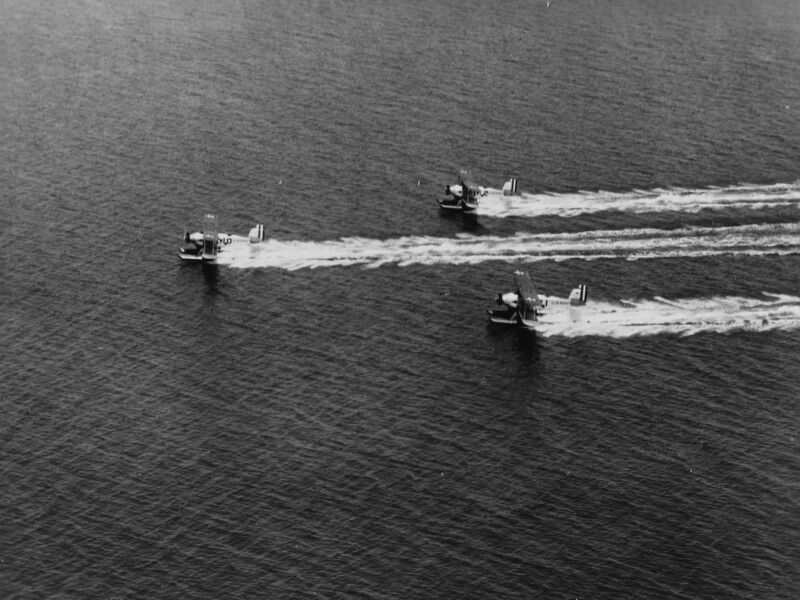
Taxi in formation, during maneuvers off Cuba, circa 1928. Planes are from VT-9S, based on USS WRIGHT (AV-1).
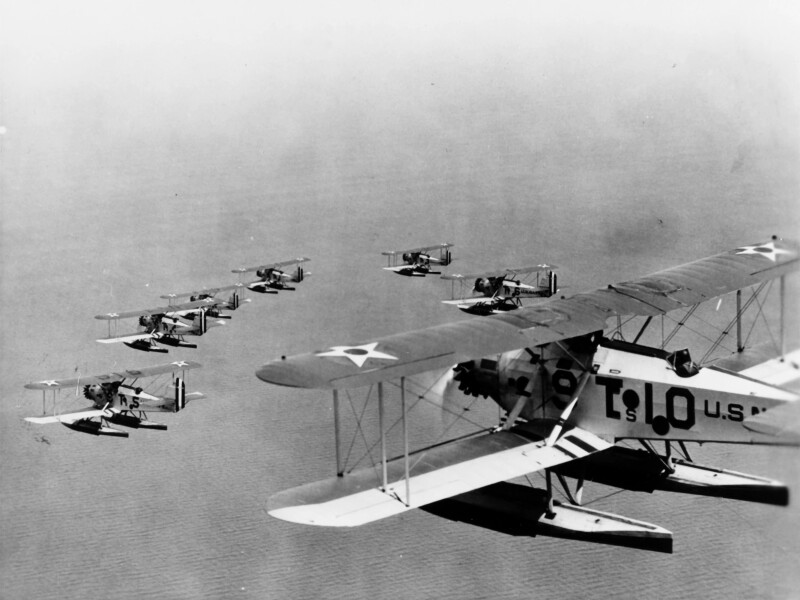
Torpedo Squadron Nine, Scouting Force, fly in formation during the later 1920s. They were based on USS WRIGHT (AV-1).

